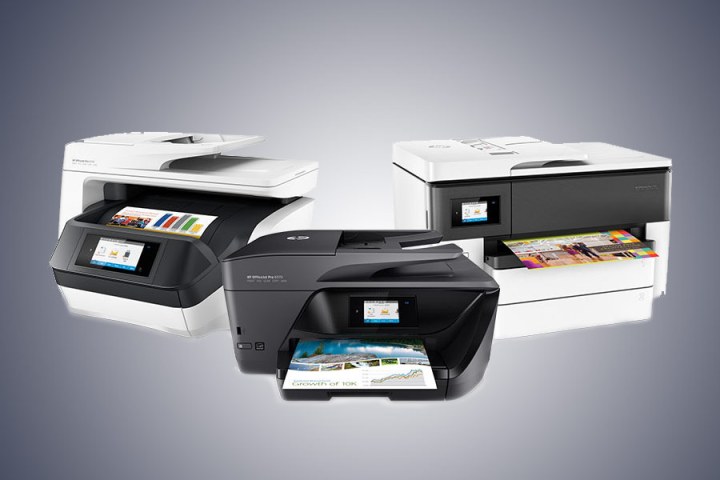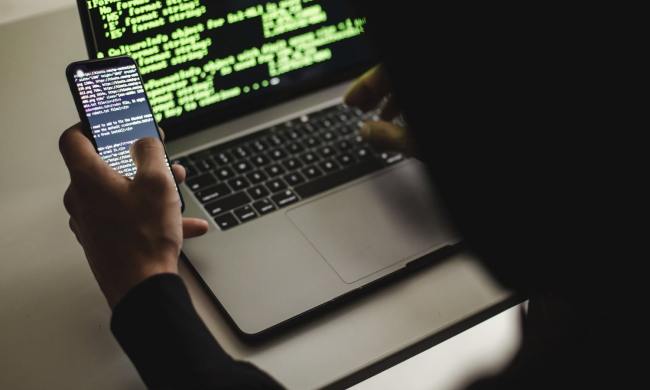
1. Try changing the font or reducing the font size of your document. This makes sense once you think about it, but most people probably have never considered that some fonts use more ink than others. Brown recommends using Century Gothic, Ecofont, or Times New Roman to keep your ink cartridges fuller, longer. Arial is a particularly bad one, apparently.
2. Change your settings to reduce paper and ink usage. When possible, print double-sided documents and widen your margins to squeeze more text onto the page. This may not directly save ink, but saving paper is also important – especially for documents that may not be needed long-term, like memos and notes.
3. Use print preview. Have you ever printed a web page only to find you’ve wasted ink by printing the ads at the bottom of the page? Always open your document in print preview to ensure no pages are wasted.
4. Print only portions of a web page. If print preview does show lots of adds or other unwanted content, the free HP Smart Print app can help. It reduces paper and ink usage by removing headers, footers, and ads from web pages, leaving you with just the content you want to print. The app isn’t exclusive to HP printers.
5. Print in black and white. Wasting color ink on documents that don’t need it will only lead to headaches down the road. Ensure you only print in color when necessary by changing your default setting to print in black and white only. This will extend the life of your color ink cartridges.
6. For times when the best quality is not needed, print in draft mode. Not only does this use less ink than the “normal” setting, it also prints faster. The results won’t be as high quality, with slightly lighter text, but there are many applications where this is a good tradeoff.
7. Replace ink cartridges only when they are empty. Your printer will alert you when ink is running low, but Brown cautions that this is just a warning; there’s no need to panic (yet). Your printer may continue working normally for some time to come, so keep using those cartridges until they are completely empty.
8. Use “N-up” printing in the printer driver. If you don’t need to print every page on individual pieces of paper, and if you don’t mind potentially squinting at small text, this option will allow you to print multiple pages on a single sheet of paper, saving both ink and paper.
HP is in the business of selling printers and ink — lots and lots of ink. So it may come as a bit of surprise that the company wants to make sure customers are getting the most mileage out of their cartridges, but we certainly appreciate it. Printer companies have been increasingly moving toward more consumer-friendly ink policies in recent years, including the production of tank-based (rather than cartridge-based) printers, but knowing how to push your current printer to its limits is important no matter what type of printer you have.



